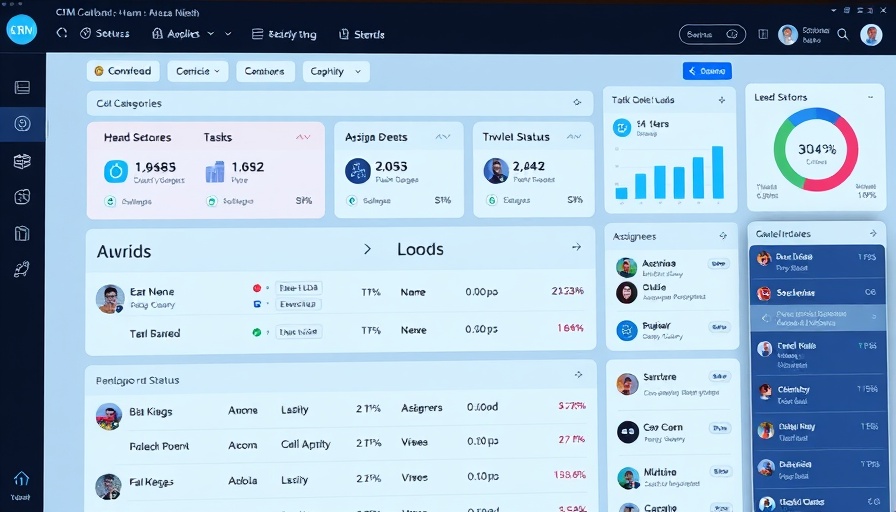
Why a Client Database is Critical for Your Business Growth
For business owners generating between $2M and $10M in annual revenue, having a structured client database is not just beneficial; it is crucial for scaling operations. A well-maintained client database can streamline processes, enhance collaboration, and improve decision-making. Without such a system, managing customer relationships can become complex and chaotic, leading to missed opportunities and inefficiencies.
Steps to Create Your Ideal Client Database in Excel
1. **Define Your Objective:** Start by determining what data you want to capture. This could include client names, contact information, purchase history, preferred products, and interaction history. A clear objective sets the foundation for an organized database.
2. **Set Up Your Excel Document:** Open a new Excel spreadsheet. Use headers to categorize your data—such as 'Client Name,' 'Email,' 'Phone Number,' and so forth. This not only creates clarity but also aids in sorting and filtering later.
3. **Data Entry:** Begin populating your database with existing client data. Utilize any current records you may have, and aim for accuracy, as unreliable data can hinder your operational workflows.
4. **Create Dynamic Features:** Utilize Excel's features, such as filters and conditional formatting, to enhance functionality. This can help you quickly identify key clients or prioritize follow-ups based on interaction levels.
5. **Maintain Regular Updates:** Have a plan for regularly updating the database. This could involve entering new client information as it comes in and reviewing existing data for accuracy. Structures like reminders or scheduled reviews can ensure your database stays relevant.
The Role of Automation in Database Management
As you scale operations, consider integrating software tools that can automate data entry and synchronization across platforms. This minimizes human error and ensures that all your systems are in sync, making your workflows more efficient.
Benefits of a Client Database in Operational Infrastructure
The advantages of a client database extend beyond easy data access. It can enhance your product development processes by giving insights into client preferences and trends. Moreover, having a robust system facilitates better collaboration among your teams, leading to improved customer satisfaction and retention rates.
Actionable Insights for Implementation
For founders feeling overwhelmed, start small. Focus on core functionalities that serve immediate business needs. Once established, gradually expand your database capabilities, integrating more complex systems as your infrastructure allows.
Conclusion: Take Charge of Your Client Management
Creating a client database in Excel may seem daunting, but the long-term entrepreneurial benefits far outweigh the initial setup efforts. By following these steps and utilizing tools that will automate and optimize your workflows, you can build an invaluable resource that will support your business as it grows.
 Add Row
Add Row  Add
Add 



Write A Comment